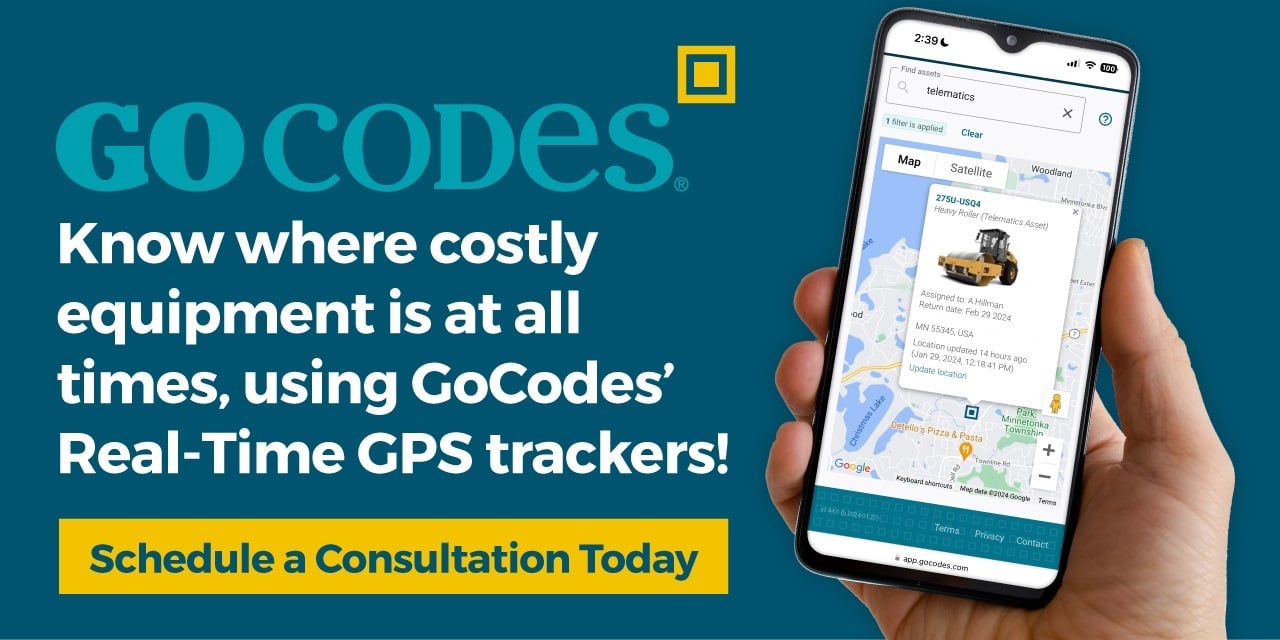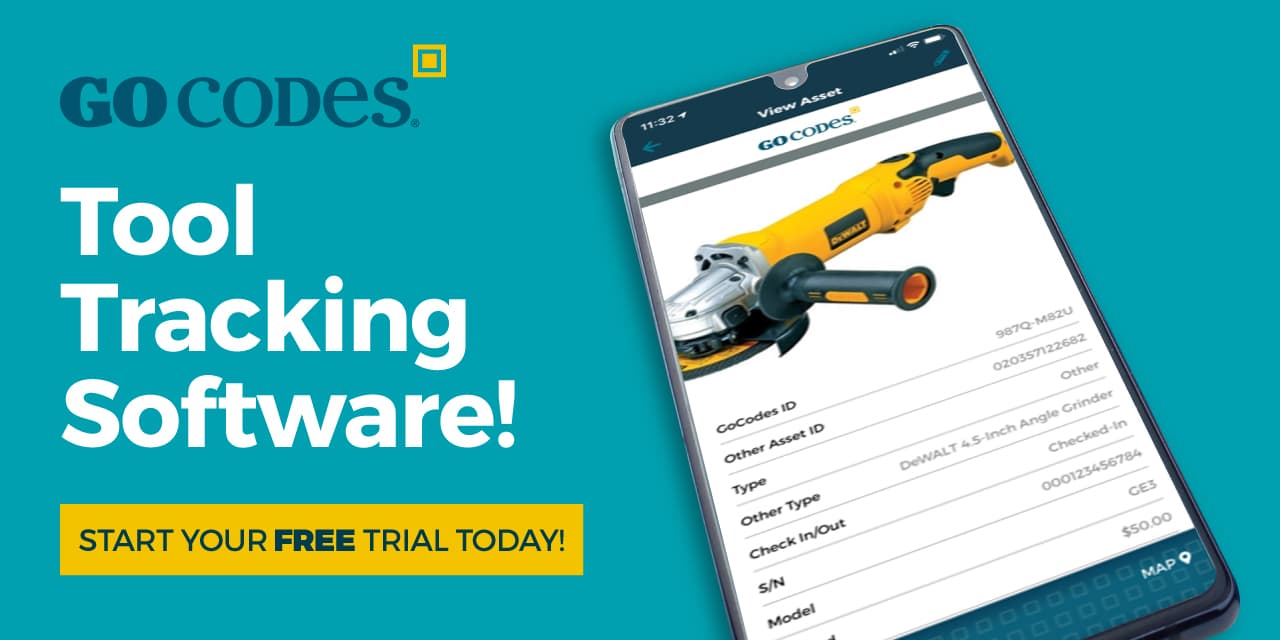Key Takeaways:
- GPS tracking is the most widely used driver behavior management technology, adopted by 78% of companies.
- Paired with GPS, sensors can monitor, record, and trigger alerts for behaviors like speeding, hard braking, and rapid acceleration.
- Dashcams are the second most used technology, with 59% of companies relying on them.
- Fleet management software brings it all together, aggregating data into dashboards, custom reports, and driver scorecards.
How drivers and operators behave behind the wheel directly affects fuel costs, maintenance, productivity, and safety across your construction fleet.
Today, a mix of proven tools and newer technologies makes it easier than ever to monitor, coach, and improve driver performance.
In this article, we’ll explore seven powerful technologies that can help you take control of your fleet and enhance driver behavior.
In this article...
GPS Tracking
GPS tracking is the foundation of efforts to monitor and improve driver behavior in fleets across industries, including construction.
It gives you real-time visibility into where your vehicles and machinery are, how they’re being operated, and how efficiently they’re being used.
From speeding and harsh braking to idling and off-hours use, GPS data helps identify unsafe or wasteful habits early.
Likewise, it helps fleet managers plan optimal transport routes and adjust them in real time.
It’s no surprise, then, that more and more fleets are relying on GPS to manage performance and safety, as a recent Verizon survey of European fleets shows.
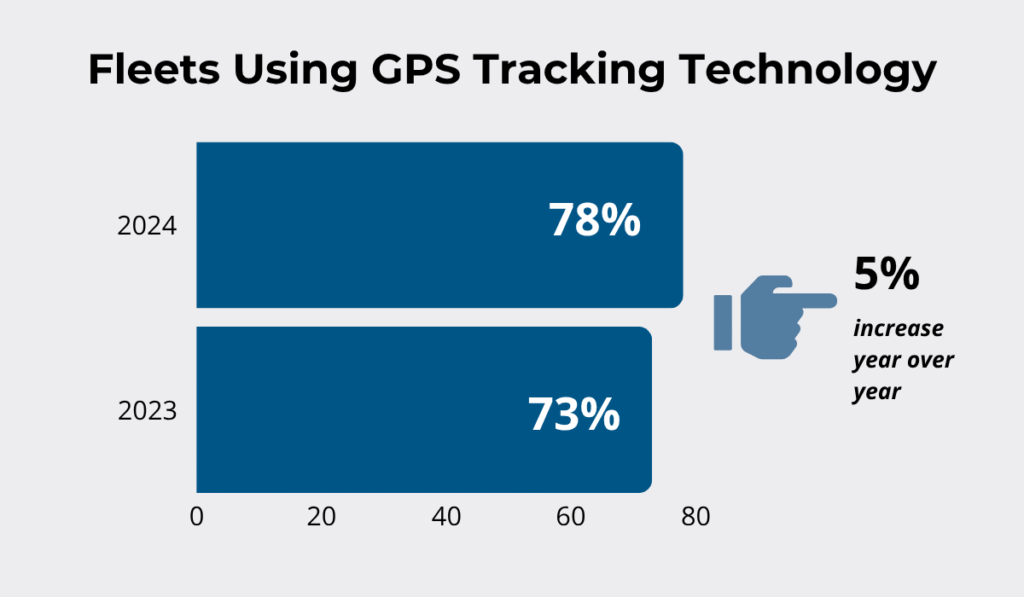
Illustration: GoCodes Asset Tracking / Data: Verizon
With such high adoption rates, GPS tracking—hardware plus software—remains the most widely used fleet management technology.
And the benefits companies experience are substantial.
The survey also showed that GPS tracking helped companies:
- Cut fleet costs (65%)
- Reduce fuel consumption (58%)
- Achieve positive ROI within 7–12 months (44%)
As a reminder, GPS tracking works by using a network of satellites to pinpoint the real-time location of vehicles and equipment, as illustrated below.
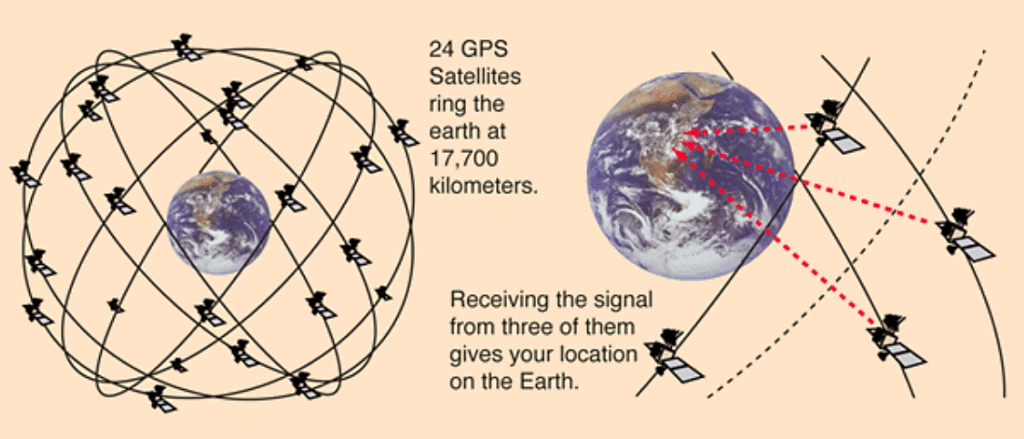
Source: Hyperphysics
Typically, GPS devices send location data at regular intervals to a central server using cellular or satellite networks.
That data is then processed and displayed in your fleet management software, typically accessible from a smartphone, tablet, laptop, or desktop.

Source: GoCodes Asset Tracking
For construction fleets, the most common types of GPS trackers include:
- Hardwired units
- Plug-and-play OBD devices
- Battery-powered asset trackers
Each type has its pros and cons.
For instance, hardwired trackers are discreet and powered by the vehicle’s battery, but they require professional installation.
The other types are easier to set up and move between assets as needed.
Below, you can see what these two options look like, and what you get with GoCodes Asset Tracking’ real-time GPS trackers and a mobile app.
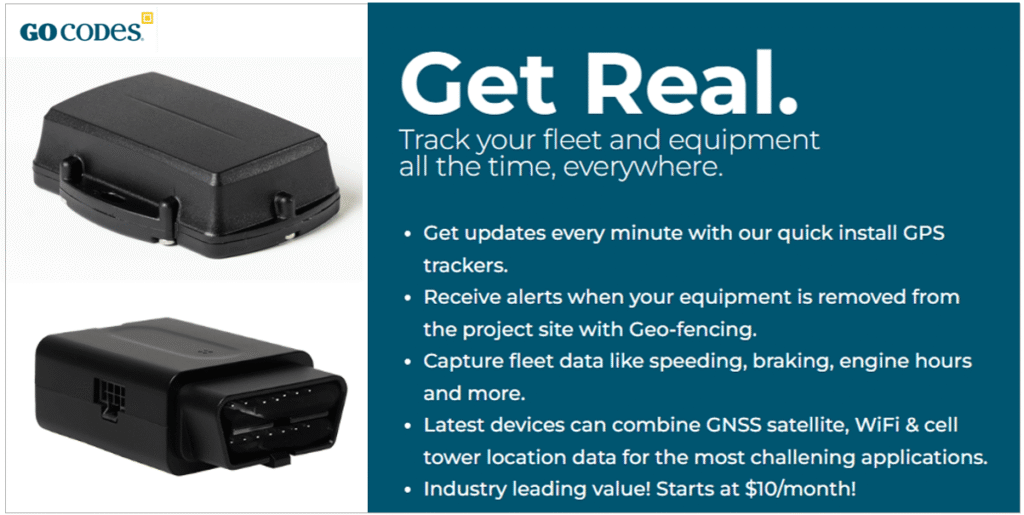
Source: GoCodes Asset Tracking
As shown, GPS tracking does much more than just show where your assets are.
When integrated with fleet management software, it becomes a powerful tool for managing driver behavior.
For example, you can:
- Plan optimal routes
- Track driver adherence
- Reroute drivers as needed
- Alert them to road or weather conditions
- Monitor key metrics like speed, braking, cornering, and idling
- Send real-time alerts or coach drivers afterwards on unsafe or inefficient practices
Some GPS units also include built-in sensors or can be connected to external ones, giving you even deeper insights into how your fleet operates and how drivers perform.
Another advanced feature enabled by GPS hardware and software that supports driver behavior management is geofencing.
Geofencing
Geofencing uses GPS data and fleet management software to give managers a powerful tool for monitoring, guiding, and improving driver behavior.
You can open a map in your fleet management platform and draw invisible, virtual boundaries of almost any shape around areas like job sites, storage yards, or transport routes.
Once active, geofences let you track when vehicles enter or leave these zones, or when they stray off designated routes, and trigger instant alerts.
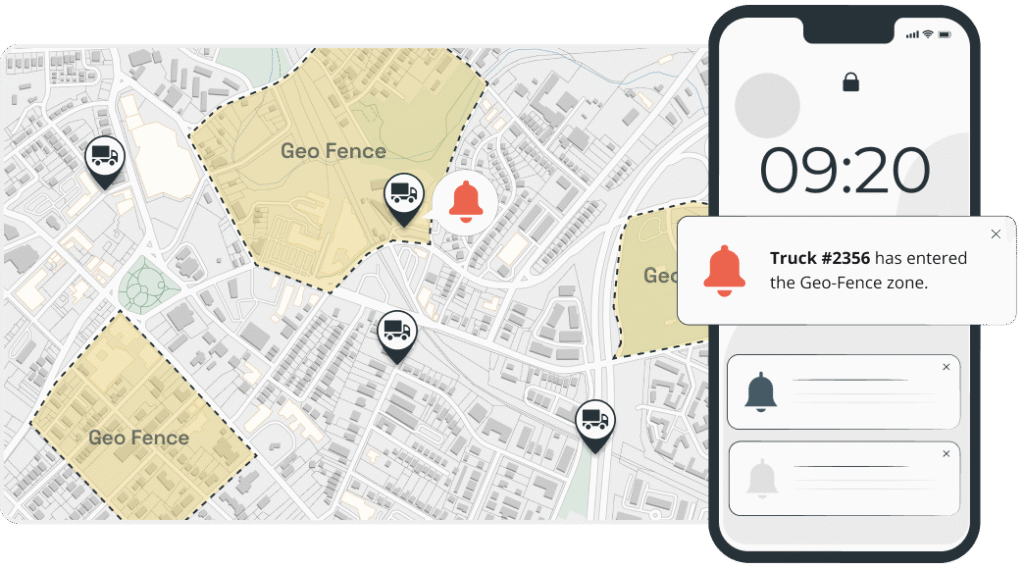
Source: Volpis
So, how does geofencing support driver behavior management?
For starters, it automatically tracks vehicle entry and exit times at designated locations, creating an objective record of driver activity.
This helps ensure drivers follow company policies, make scheduled stops, and avoid unauthorized vehicle use.
Geofence alerts also allow managers to detect unauthorized detours, unscheduled stops, or off-route driving in real time.
They can then provide immediate feedback, helping drivers stay on assigned routes and stick to schedules.
Combined with GPS-enabled route optimization, this helps reduce fuel consumption and minimize delays.
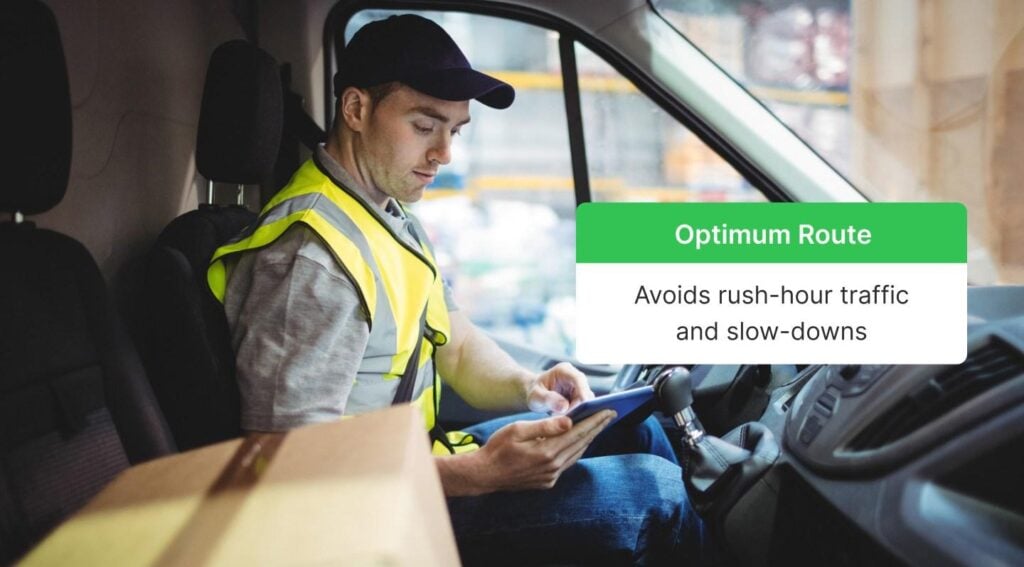
Source: Motive
Geofencing can also be used to create speed limit zones within construction sites, school zones, residential areas, and other sensitive areas.
When a driver exceeds the set speed limit, the system records the event and—depending on the setup—sends an alert to the manager.
Similarly, geofences help ensure driver and operator safety on construction sites by enabling proximity alerts.
If a driver or operator approaches a geofenced danger zone, they receive a warning on their smartphone, in-cabin monitor, or another device, giving them time to take necessary precautions.
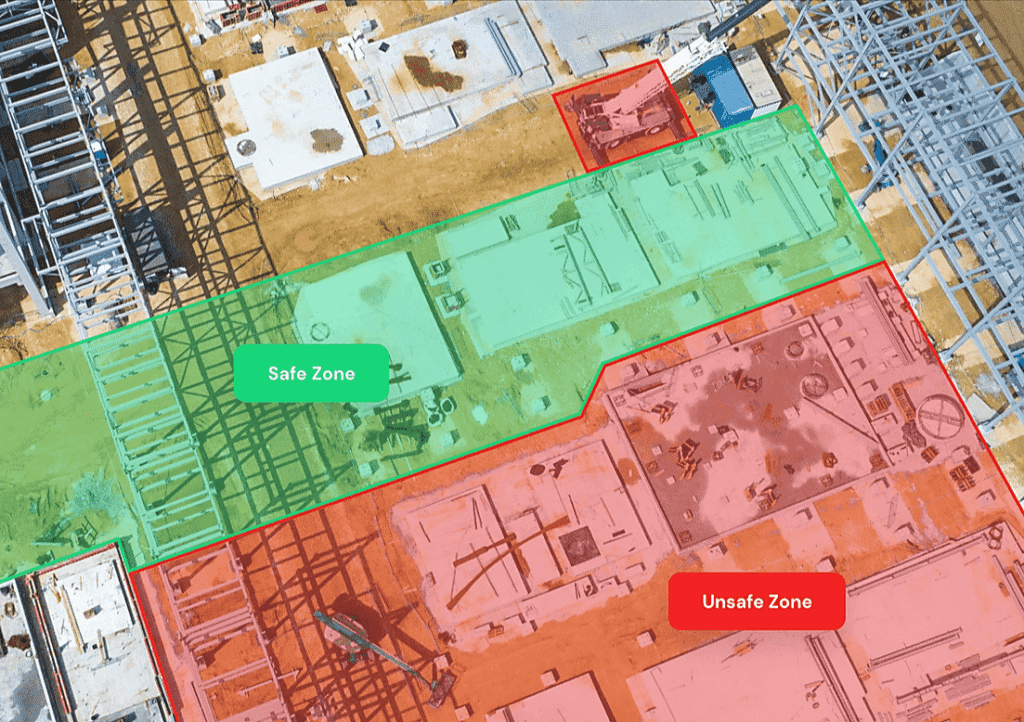
Source: Tended
It’s worth noting that geofences can also be created using other technologies, such as RFID or Bluetooth trackers.
However, these have a limited range, whereas GPS offers global coverage as long as there’s a signal.
Sensors
Nowadays, there’s virtually no aspect of vehicle performance or driver behavior that can’t be tracked with sensors.
These devices can be built into the vehicle, integrated into a GPS tracker, or added later.
Like geofencing, sensors may use GPS, Bluetooth, RFID, or a combination of these methods to communicate with fleet management software.
However, only GPS-based sensors enable monitoring of location, route compliance, and geofence violations across large areas.
When paired with GPS, additional sensors allow the system to track, record, and alert managers about a wider range of parameters, as illustrated below:
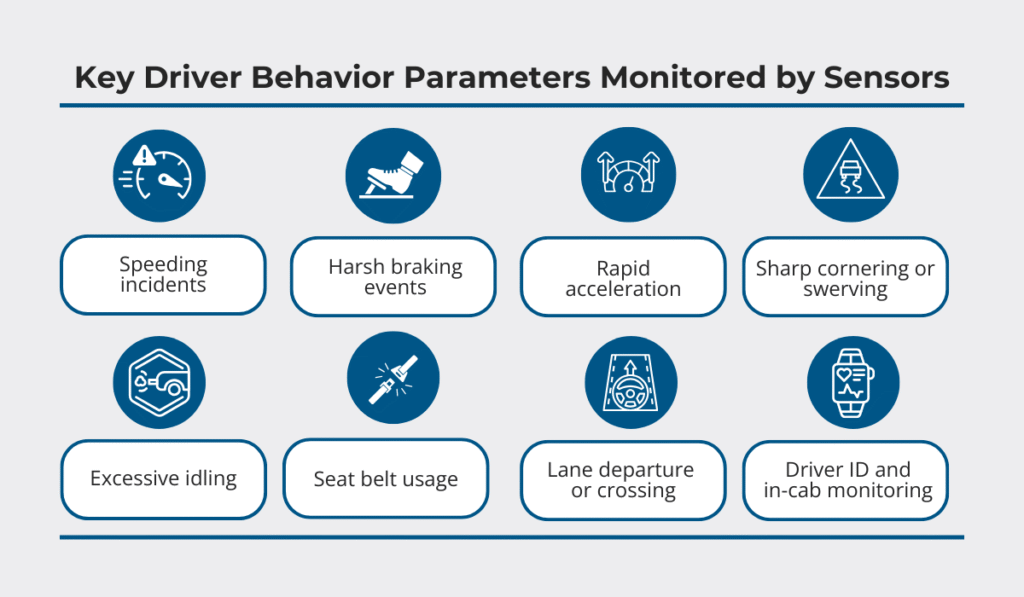
Source: GoCodes Asset Tracking
In essence, these sensor-enabled metrics form the backbone of effective driver behavior monitoring.
For example, frequent sudden braking may indicate poor anticipation or unsafe habits that can be addressed through coaching.
Similarly, harsh acceleration and speeding incidents often point to aggressive driving, which impacts fuel consumption and vehicle longevity.
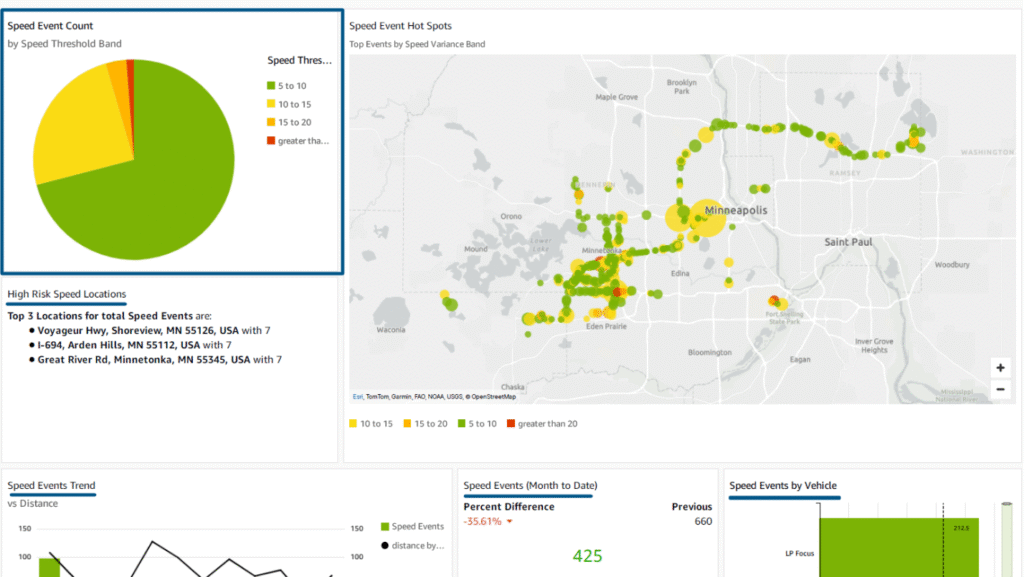
Source: GoCodes Asset Tracking
The same applies to excessive idling, where prolonged periods may signal inefficiency or policy violations.
AI-powered sensors can also identify drivers and monitor in-cab behaviors like phone use or distraction, enhancing accountability.
These systems can even track driver health and issue alerts if something is wrong, potentially preventing accidents.
The image below shows key sensors involved:
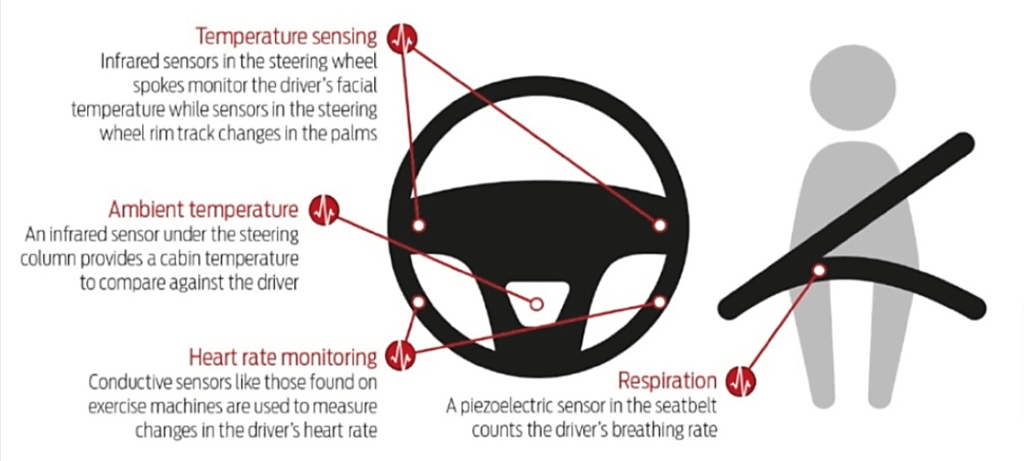
Source: Robotics Biz
As shown, driver biometrics sensors provide AI-powered software with data that trigger alerts when tracked values are out of normal range, allowing the driver to stop and address the issue.
Given the variety of sensors, they together provide deep insights into both vehicle performance and driver well-being, helping managers identify problems early and take corrective action.
However, sensors alone can’t capture the full picture, which is where dashcams come in.
Dashcams
AI-powered, front-facing, and driver-facing dashcams provide real-time monitoring of conditions both inside and outside the vehicle.
They supply video evidence in case of accidents and valuable insights for driver coaching to help deter future risky behavior.
When integrated with a driver monitoring system (DMS), which is often part of fleet management software, dashcams can also trigger real-time alerts.
As noted in the Verizon survey of European fleet companies mentioned earlier, nearly 60% of respondents were using this technology in 2024.
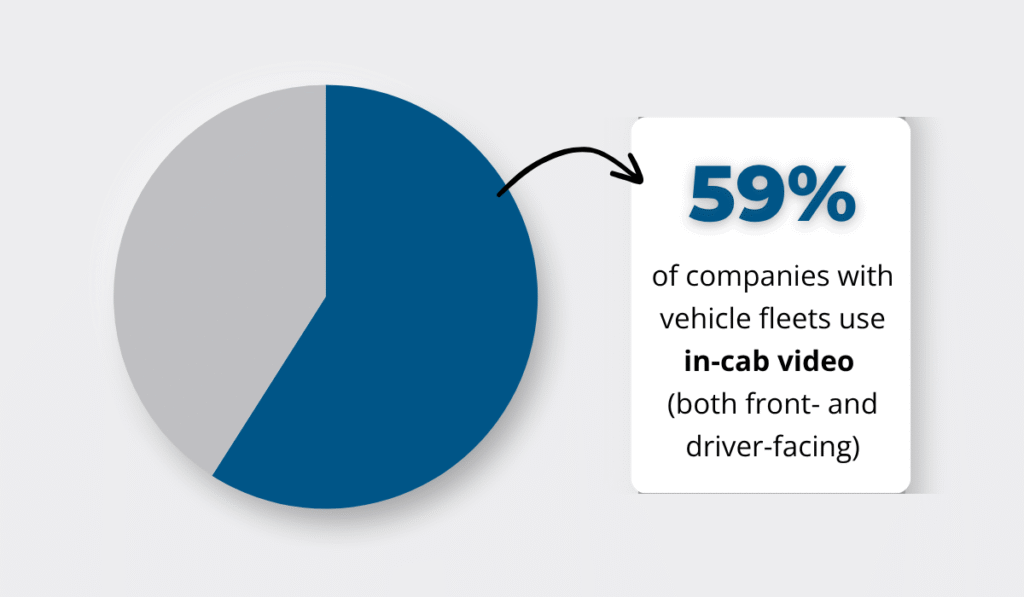
Illustration: GoCodes Asset Tracking / Data: Verizon
Another survey by GPS Insight highlighted why dashcams are so popular with fleet managers.
Respondents cited the following benefits:
- 87% said dashcams helped improve driver management
- 67% said they enhanced driver safety
- 66% said they reduced insurance costs
And yet another survey found that dashcams combined with frequent driver coaching can generate cost savings of over $70,000 annually.
However, not all stakeholders are on board.
Fleet operators often encounter driver resistance to interior cabin video recording.
Long-haul trucker Dan Bowkley shared the sentiment of many drivers on Quora:
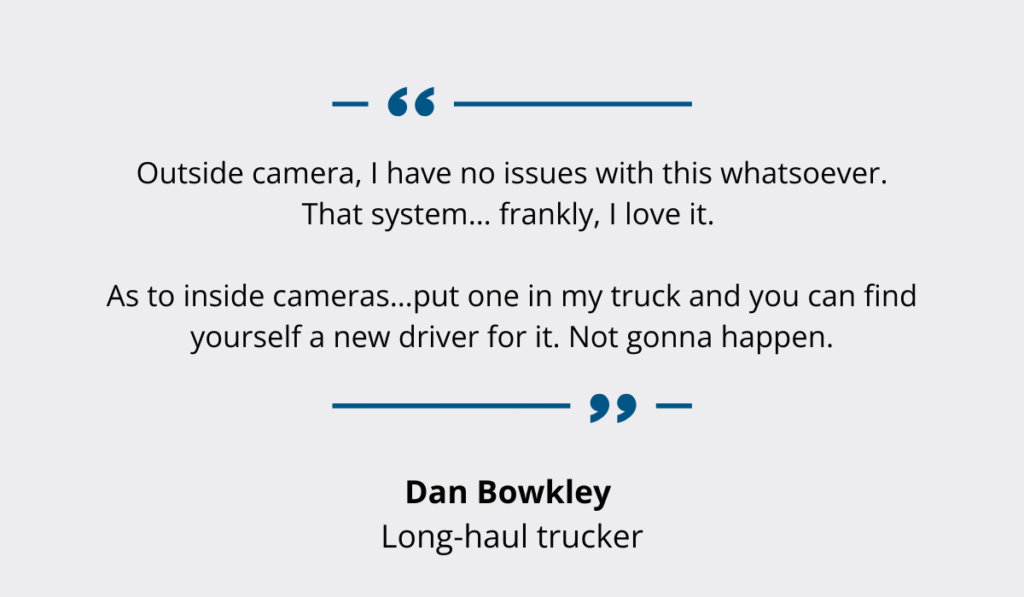
Illustration: GoCodes Asset Tracking / Quote: Quora
Although many dashcams are event-triggered—recording video only in cases such as harsh braking or collisions—drivers often worry that these systems might capture footage at other times, potentially violating their privacy.
In some cases, these concerns can be alleviated by choosing solutions that identify risky behaviors without driver video recording, like this dashcam.
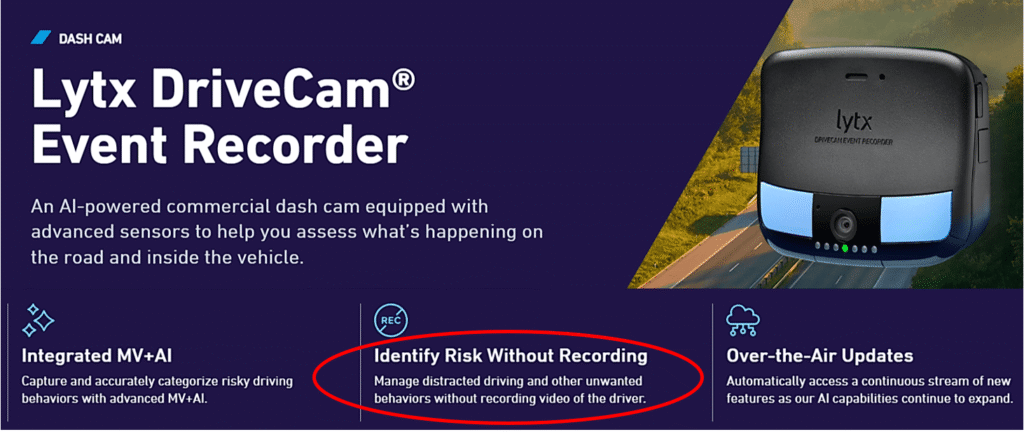
Source: Lytx
However, some AI-powered, full-blown driver monitoring systems are based on continuous video recording to enable real-time alerts for distraction, fatigue, and other unsafe behaviors.
Given the significant safety and performance benefits such solutions provide, fleet operators and drivers will ultimately need to balance privacy concerns with the need for risk reduction.
Fleet Management Software
By now, it’s clear that none of the technologies we’ve covered so far would be of much use without fleet management software.
Simply put, this software aggregates data from all or some of these tools to generate dashboards, customizable reports, driver scorecards, and more.
It’s the essential element that ties everything together.
For example, with a fleet management software, you can plan trips for your drivers and monitor their adherence in real time.
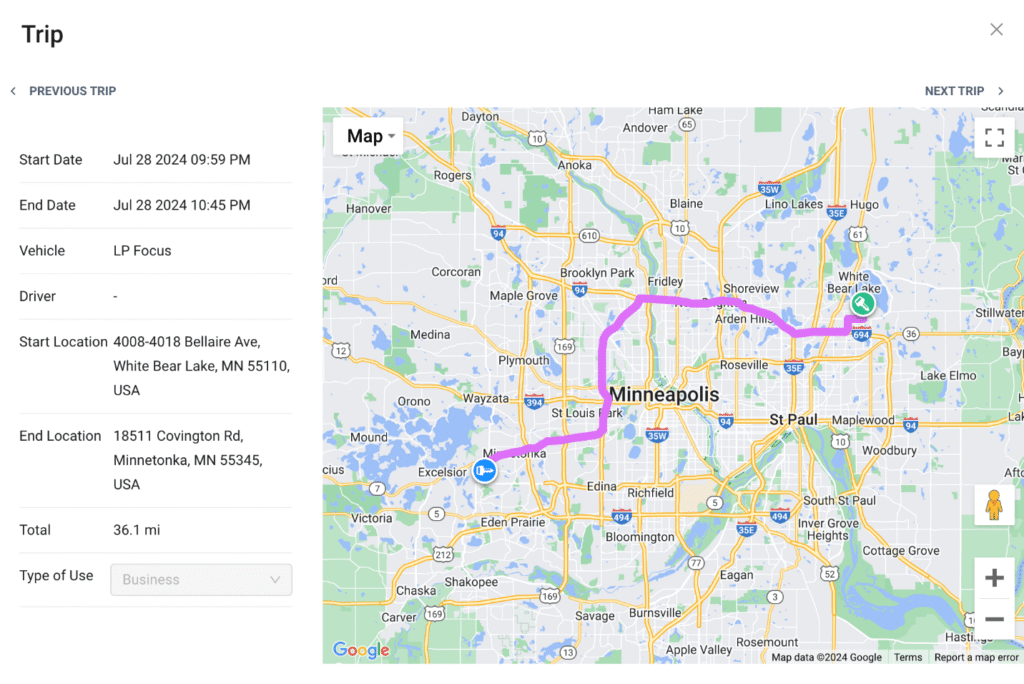
Source: GoCodes Asset Tracking
Similarly, you can create geofences and combine them with various sensors to enable real-time monitoring and automated alerts for unsafe behaviors.
At the same time, the software collects and stores data for historical trend analysis and gives you access to reporting dashboards like those shown below.
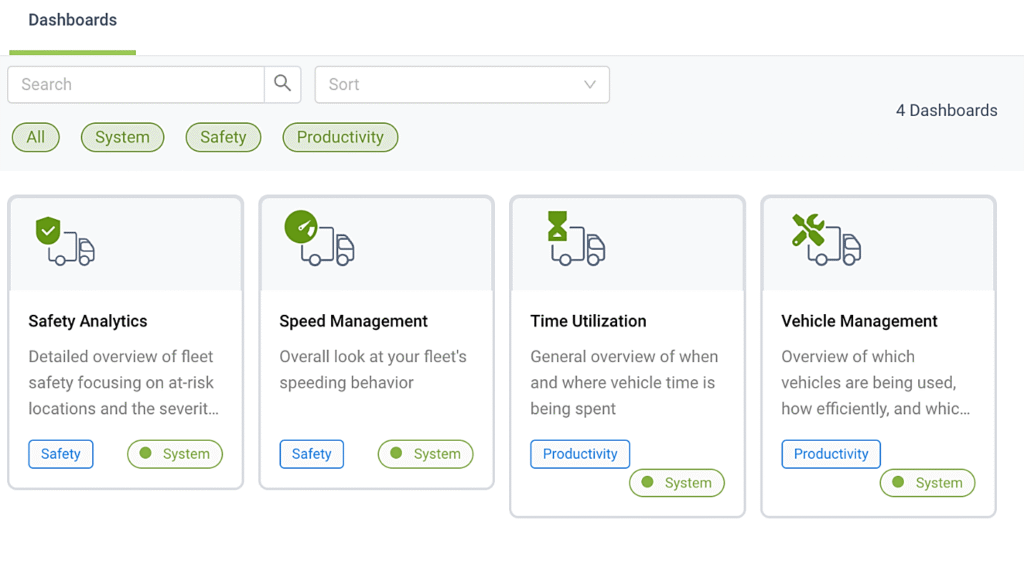
Source: GoCodes Asset Tracking
These dashboards provide managers with a high-level view of fleet safety, speeding patterns, vehicle time usage, and vehicle management.
With this information at their fingertips, they can easily identify patterns, spot recurring issues, and prioritize areas for driver coaching.
However, for even deeper insight into driver behavior, managers need to go beyond fleet-level data and drill down into individual driver performance.
That’s where driver-specific reports come in, offering detailed insights into driver actions, schedules, and overall conduct, as shown below.

Source: GoCodes Asset Tracking
By analyzing the collected driver data, fleet managers can pinpoint specific issues and identify the training needs of individual drivers.
Typically, this data—both at the fleet level and for each driver—is consolidated into driver scorecards (or similarly named dashboards and reports).
These scorecards function like report cards, using GPS and other inputs to assess drivers on parameters such as speeding, acceleration, braking patterns, cornering, idling, and revving.
Below is an example where color-coded widgets show overall fleet scores, with detailed driver rankings listed underneath.
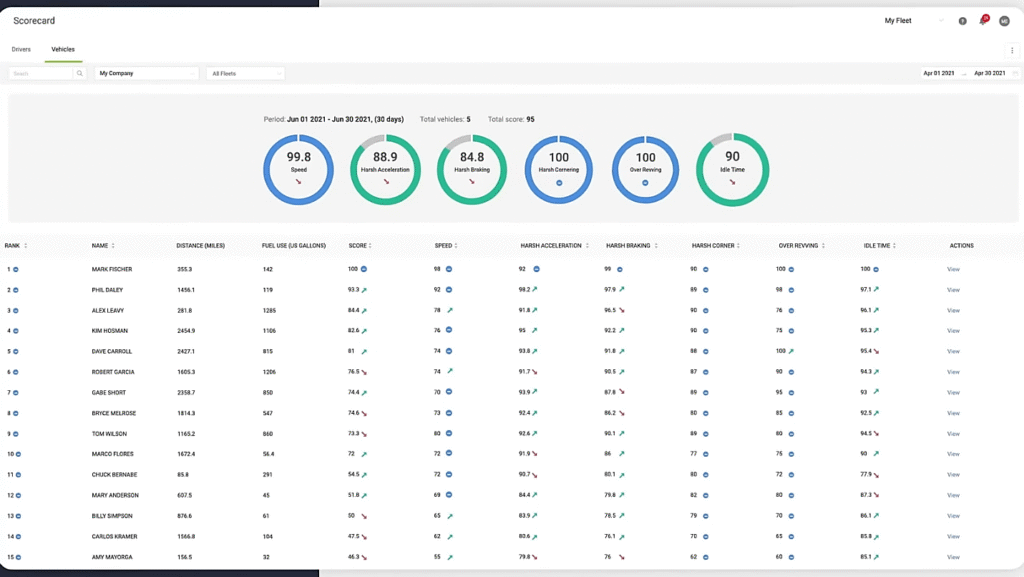
Source: Expert Market
With configurable metric thresholds and driver rankings, fleet managers can easily identify high-risk drivers and key areas for improvement.
From there, some software solutions assist in designing personalized training programs or even enable interactive coaching sessions.
Managers can also track driver progress across all or specific parameters.
Additionally, many fleet management platforms offer gamification and incentive features to encourage better driver performance.
These can come as part of the core package, as an add-on, or as a standalone solution that integrates with the software.
In short, fleet management software is the crown jewel of driver behavior management, aggregating data and enabling managers to extract crucial insights.
Driver Monitoring Systems (DMS)
Driver monitoring systems (DMS) are specialized solutions that track driver conditions such as fatigue, distraction, and alertness.
They typically consist of an inward-facing camera and sensors.
These systems observe and analyze driver behavior in real time, providing alerts that can help prevent accidents.
DMS can be built into fleet management software platforms or offered as standalone solutions that integrate with existing fleet systems.
Typically AI-powered, they first analyze the driver’s normal facial expressions and head movements while driving.

Source: RAC
The system then continuously compares real-time data against that baseline to detect signs of risk, such as yawning, frequent blinking, nodding off, or not looking at the road.
Upon detecting unsafe conditions like drowsiness or distraction, it provides immediate alerts to the driver through audible warnings, visual signals on the dashboard, or even seat vibrations.

Source: Medium
Some advanced systems can even initiate safety actions, such as braking or slowing the vehicle, if the driver fails to respond.
Finally, DMS also records driver behavior data for later analysis, typically transmitting it along with GPS data.
This enables fleet managers to review incidents, track behavioral trends, and provide targeted coaching or training to improve driver performance.
Advanced Driver Assistance Systems (ADAS)
Advanced Driver Assistance Systems (ADAS) are a suite of technologies designed to monitor the vehicle’s surroundings and driver behavior to reduce accident risks and enhance driving comfort.
ADAS relies on a network of sensors—including radar, ultrasonic sensors, and LiDAR—along with cameras and GPS, to create a 360° view of the road and environment.
It collects and analyzes this data in real time using software algorithms, often powered by AI, to detect hazards, lane markings, vehicles, pedestrians, and other relevant objects.
The system then alerts the driver to potential dangers or, in some cases, automatically takes over specific tasks to avoid accidents.
Below, you can see the main features most ADAS provide:

Source: Research Gate
In short, Adaptive Cruise Control (ACC) automatically adjusts speed to maintain a safe distance from vehicles ahead.
Parking assistance systems use sensors to help drivers park more easily and safely, with some even taking over steering.
Cross traffic alerts warn drivers of approaching vehicles or pedestrians from the front, rear, or sides, depending on the system.
Pre-crash warning or collision avoidance systems use radar, dashcams, and other sensors to alert drivers of imminent collisions, with some automatically activating braking to reduce impact.
Blind spot detection monitors adjacent lanes and warns if another vehicle is in the blind spot.
You can see the last two features illustrated below, alongside two also common ADAS functions:
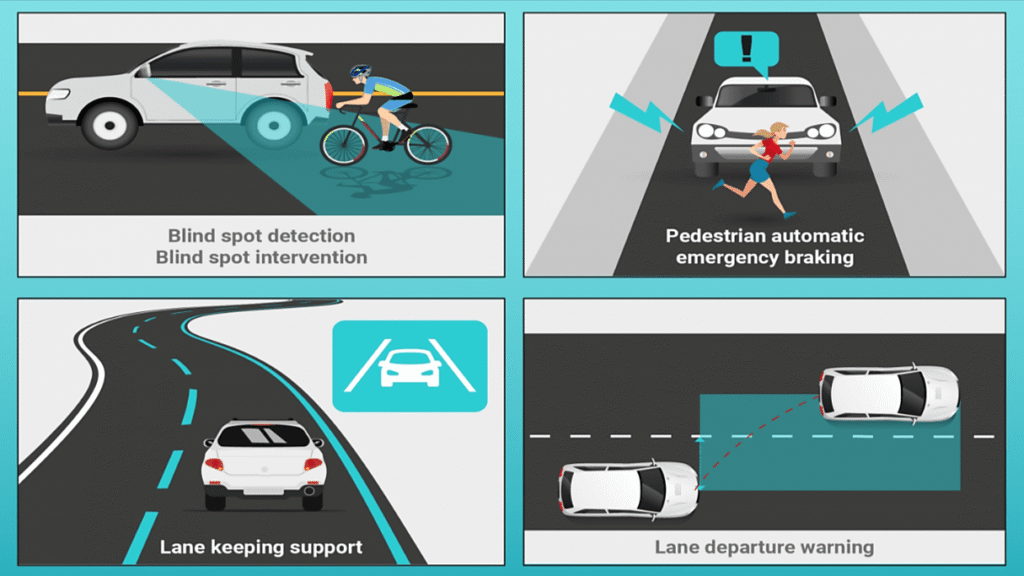
Source: LeddarTech
While lane departure warnings alert the driver if the vehicle unintentionally drifts out of its lane, lane keeping support gently steers the vehicle back into it if no corrective action is taken.
ADAS are typically deployed as standalone systems, either factory-installed by vehicle manufacturers or retrofitted by third-party vendors.
However, they can be part of or integrated with many modern fleet management platforms, combining ADAS data with telematics, driver monitoring, and analytics for a unified view of vehicle and driver performance.
Conclusion
Today, virtually every aspect of driver and vehicle performance can be monitored, generating real-time alerts and valuable insights for improvement.
While some technologies, like AI-powered enhancements, are still evolving, others, such as GPS tracking, sensors, and dashcams, are already well-established.
The key is to consider which aspects of driver behavior you want to improve first and select the technologies that offer the best return on investment for your fleet.


